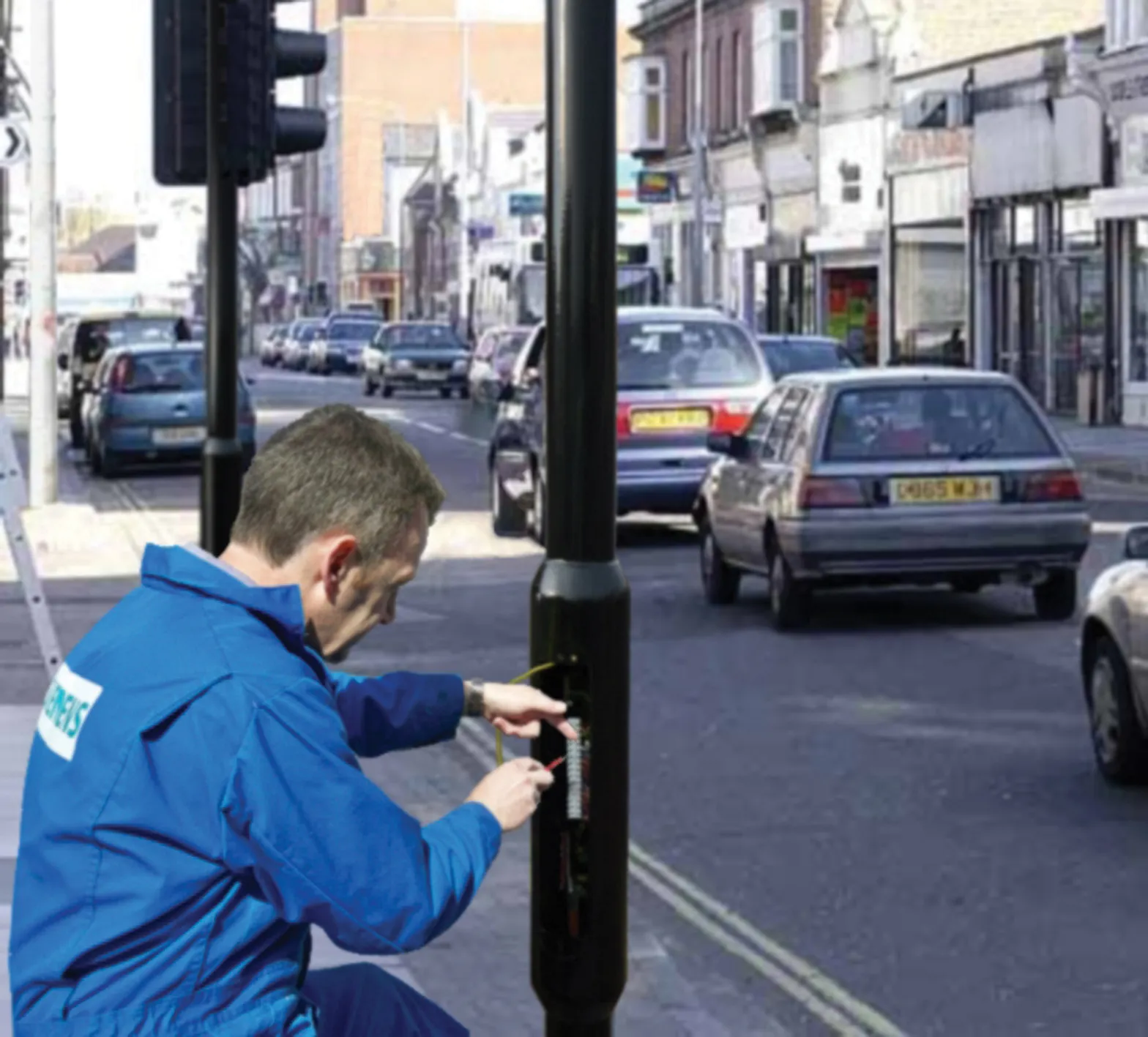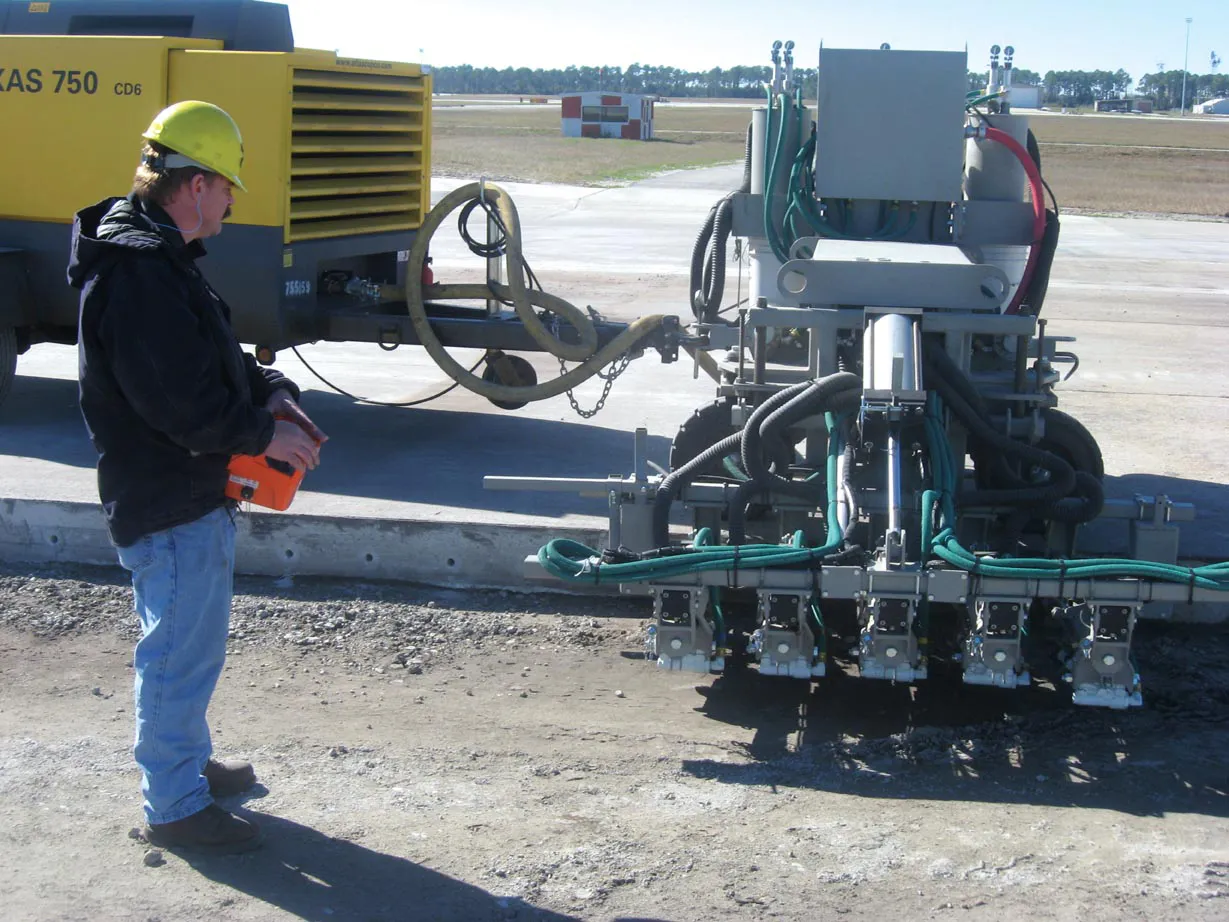A new traffic signal pole specifically designed to provide low-level access has been introduced by Siemens.
February 10, 2012
Read time: 1 min

A new traffic signal pole specifically designed to provide low-level access has been introduced by 1134 Siemens. The new design provides safe access near to ground level in Extra Low Voltage (ELV) installations, minimising the need to work at height and easing maintenance needs. The all-new low-level access pole has been developed following the rapid growth of ELV traffic signalling equipment.
This technology means that there is no longer the need to keep terminations away from street level. Terminations are contained within a water resistant enclosure, with a vented pole cap available to minimise the build-up of moisture or ground gas. The new pole maintains the standard 114mm diameter and has a low-level, flush access door positioned to allow indicators to be installed at normal height.
This technology means that there is no longer the need to keep terminations away from street level. Terminations are contained within a water resistant enclosure, with a vented pole cap available to minimise the build-up of moisture or ground gas. The new pole maintains the standard 114mm diameter and has a low-level, flush access door positioned to allow indicators to be installed at normal height.









